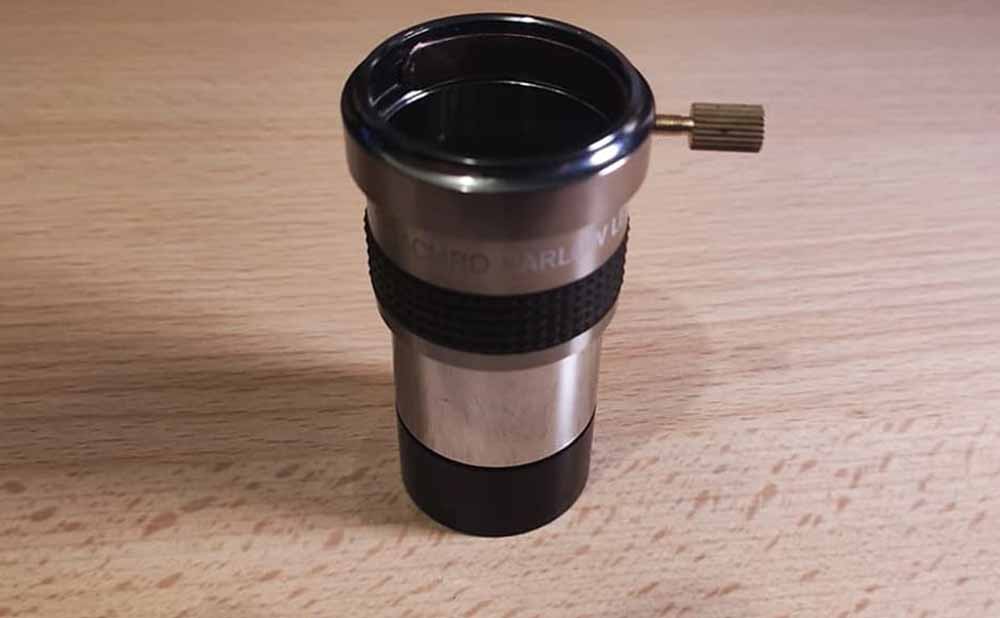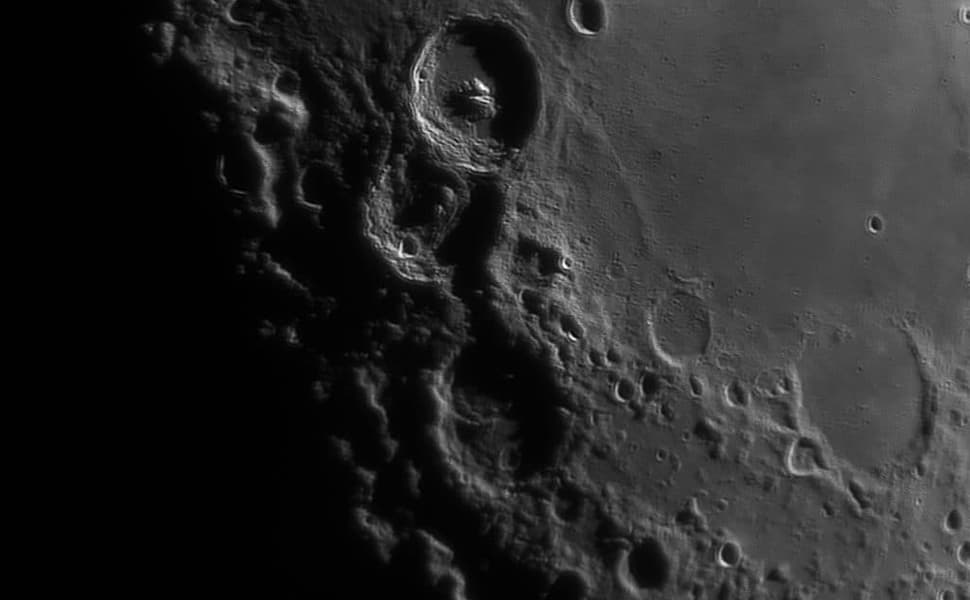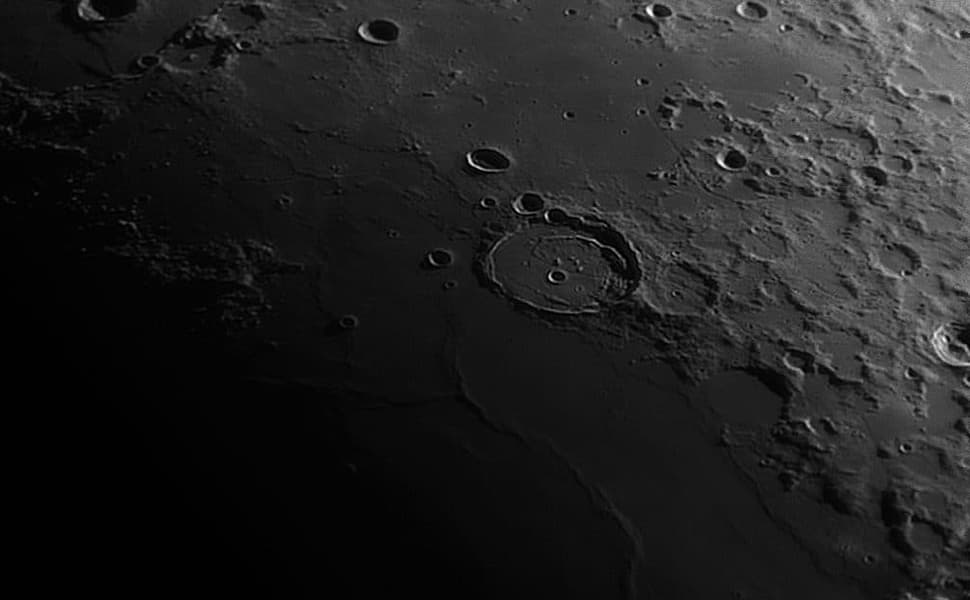Svbony SV137 x2 barlow lens Review

Svbony SV137 x2 barlow lens Review
We tried the barlow x2 Svbony
sponsored post
We have recently received the Svbony (SV137) x2 barlow lens and we are going to tell you about our impressions after trying it.
If you are a newcomer to the world of astronomy, I will explain the usefulness of a barlow. Basically it is an optical assembly made up of one or more lenses that has a multiplying effect on the magnification that we achieve with the telescope. Thus, for example, if we are working with a 500mm focal length telescope and a 10mm eyepiece, we will obtain 50x magnification (number of magnifications=telescope focal length/eyepiece focal length) but if we also add a x2 barlow to the optical train, we will achieve a total of 50x2 magnifications. = 100x magnification.
In the market we can find different types of barlows with multiple magnifications: x2, x2.5, x3 or even x5. Be careful because our telescope and our sky will only tolerate a maximum magnification that we could exceed by putting a very powerful barlow! Then we will see how and when we can use this accessory.
Contents:
1 Svbony Barlow x2 SV137
2 How to use the barlow x2 Svbony?
3 Evidence and conclusions
Svbony Barlow x2 SV137
This barlow is 1.25″ and very light weight. Its weight is so light that at first I doubted if it was metallic as indicated by the manufacturer, but it must be some type of aluminum or brass.
Its dimensions are within the usual for this type of accessories and it has a rough ring that allows it to be handled safely, preventing it from slipping out of our hands.
One drawback that I did not like: it does not have the possibility of threading 1.25″ filters on it. In other barlows that I have had, a filter could be screwed (for example a UV/IR, very useful in planetary) in the lower part of the barlow, but in this case we do not have a thread to do it.
As for the optics, the lens is fully multicoated, although the glossy finish of the barrel is not the most appropriate since it can produce reflections. A matte black finish would have been more suitable. In fact, the black finish is found in the lower area of the lens. We have not found information on the manufacturer's website about the optical material that is advertised as achromatic.

(A lunar image obtained with Svbony's Barlow x2 and a Mak 127.)
A detail that I liked is the brass ring to tighten the eyepieces in the area where the adjustment screw makes pressure. This will prevent that screw from damaging your eyepieces and prevent decollimation issues by applying pressure evenly. During the tests the adjustment screw was over threaded and after discussing the problem with Svbony they replaced the part. It is the only screw or piece of the barlow that can be manipulated and if it goes too far it is a problem since it will force us to change the screw for one with a larger diameter and make a new thread. In the second unit so far we have not had the problem so maybe we were unlucky and found a defective part.
How to use the barlow x2 Svbony?
We must put the barlow between the eyepiece and the telescope whenever we want to add magnification to our observation. Keep in mind that adding a barlow lens reduces the amount of light that reaches our eye, that is, we are gaining magnification but losing brightness. This is not usually a problem when observing the Moon or the planets, objects with which using a barlow lens is common, but it can be counterproductive when observing deep sky objects (galaxies, nebulae...) Also keep in mind that when gaining magnification reduces the field of view, so large star clusters won't fit in the field of view and you won't be able to see them in all their glory. In the video that we include at the end of the post you can see the effect in broad daylight.
There is another limitation when using a barlow; the seeing . If the atmosphere is unstable and there is a lot of turbulence, we will notice that it is difficult for us to focus and that the image is not sharp. This effect is increased by putting in raises so using a barlow with bad seeing will only make things worse.
In planetary astrophotography it is usual to use barlow when the seeing allows it. In this case we can unscrew the barlow lens from the barrel and screw it directly onto our camera. Note that removing the barrel reduces magnification as it acts as an extender ring adding focal length. Your x2 barlow will probably stay at a x1.5 when you remove the barrel.
Evidence and conclusions
Due to the large number of cloudy nights in recent weeks, it has been impossible for me to do many tests with the barlow. In one of the few tests that I was able to do, I was observing the Moon and taking some photos with the ASI178MM camera . The seeing was not very good and when I increased with the Mak127 I went over the maximum resolution for a night like this.
(With a stable atmosphere we will be able to obtain high resolution images with the Barlow. Lunar image with Barlow x2 Svbony and Mak127 on a day with good seeing.)
In visual observation the barlow performed quite well. She shows a bit of field curvature near the edges but nothing out of the ordinary. The chromatism is quite controlled, being appreciated in a very slight way, it does not suppose a major problem or subtract quality from the image. The transmission of the lens has turned out to be lower than that of the Orion x3 barlow that I used for the comparison. Unscrewing both lenses and attaching them to a camera we stay at approx. x1.5 magnification. the Svbony being a little less luminous, something normal for its lower price.
In solar astrophotography with the Coronado PST it behaved very well, offering good details of the Sun despite a not very good seeing.
In short, we find a very economical barlow with a good quality/price ratio, recommended for low budgets or unpretentious observers or those who have initiation equipment.
Thanks for your reading.
Welcome to comment.








